5G-related advanced applications to boom in 2020
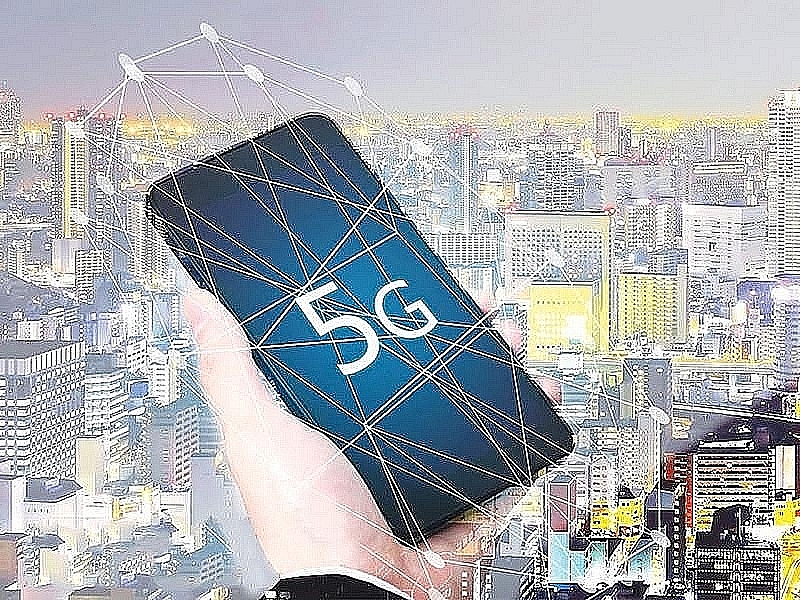 |
This year, new realms of measurement will grow in importance
Measurement-based tools of many kinds are key enablers for the technology-based products and solutions we incorporate into our daily lives, and it will transform as disruptive technologies come into play.
In 2020, the use of software in implementing technology will remain prevalent, especially in networking and position or navigation-based smartphone applications. As a result, software-on-software measurement will see a strong surge and therefore, so will emphasis on interoperability among software tool chains. New standards and certifications will be created, impacting development processes, as well as the marketing required to ensure consumers are aware of what a software-centric product can and cannot do.
In 2020, there will be a substantial rise in specialised processors, such as GPUs and chips, that implement AI architectures which determine how a network processes and routes information and maintains security, privacy, and integrity. Quantum computing and engineering will continue to be in an aggressive hype phase in 2020, but the ability to control, measure, and error-correct quantum systems as the number of qubits grows will be important from the start.
As measurement and operation of the computer blends, those interested in building practical quantum computers will require knowledge about measurement technologies and techniques before quantum computing goes into the mainstream.
Data silos will be connected to extract development insights
Leading companies collect data but typically store it in functional silos: research and development design, pre-production validation, manufacturing, operations, and services.
- In 2020, companies will start connecting these silos of data using modern cloud architectures, such as private on-premises clusters, or public sites like AWS or Azure. With the data centrally available, teams will correlate performance through the development process, from early design to manufacturing to field deployment and close the loop back to design. The benefits for these teams include the rapid collection and reformatting of data, faster debugging of new product design, anticipation of manufacturing issues, and improved product quality.
- To achieve these gains, teams will invest in computing infrastructure, determine how to store the data, including file location and data structure, as well as choose analytic tools to select and process data to identify anomalies and trends. In addition, teams will change the way they work to shift attention to data-driven decisions.
5G and the data centre
New 5G capabilities in 2020 will put pressure on networks, revealing new data centre and network chokepoints.
- Industrial Internet of Things (IoT) applications will increase access requests and mobile automotive IoT applications will stretch latency demands. Edge computing will become more important to process the increased access requests and meet stringent latency requirements.
- Higher data speeds will place more demands for faster memory, faster data busses, and faster transceivers in the data centre. Meeting the speed and flexibility demands will be one reason, but customer traceability through the network for application monetisation will be the main driver to upgrade to the latest standards.
- In 2020, we will see advanced design, test, and monitoring capabilities that ensure networks and products deliver the performance and failsafe reliability expected. The industry will experience closer collaborations between chipset and product manufacturers, software companies, network carriers, cloud hosting companies, and international standards organisations to build tomorrow’s networking infrastructures.
Challenges will abound to get 5G to maturity
5G represents technical evolution and revolution on many fronts creating new technical challenges that span many domains.
- In 2020 the industry will move from a small group of early-movers who have commercialised initial 5G networks to a global community in which multiple operators in every continent and in many countries will have commercial 5G networks.
- The early adopters will add scale and those who launch in 2020 will quickly resolve issues in their initial deployments. Second-generation devices and base stations will be added to the market, and the standards will have another new release in 3GPP’s Rel-16.
- Key technical challenges for the industry in 2020 will be: ensuring performance in mid-band (3.5-5GHz) frequencies, moving mmWave to mobility, transition planning to a full Stand-Alone (SA) 5G network, and resolving architectural decomposition and standards for centralised RAN and Mobile-Edge computing (MEC).
The “Internet of Things” will become the “Interaction of Things”
IoT will rapidly move into the mainstream with widening commercial acceptance, increasing public-sector applications, and accelerated industrial deployments.
- In 2020, we will see an increased level of “smart” experiences when the “Internet of Things” – a collection of devices connected to the internet – becomes the “Interaction of Things” – a collection of things that are communicating and working effectively and efficiently with each other.
- There will be powerful devices working with other powerful devices to act quickly and efficiently in the background, independent of direct human intervention. Mission-critical applications, such as remote robotic surgery in the area of digital healthcare or autonomous driving in the area of smart mobility, will feel the impact of this shift.
- While these applications will benefit from the “Interaction of Things”, new solutions will be developed to ensure they do not suffer from the “Interference of Things”, especially when communication failure and network disturbances can bring about devastating or life-threatening consequences. The same will be true of Industry 4.0 applications and smart city applications. Uptime will not be optional.
Digital twins will move to the mainstream
Digital twins, or the concept of complete replicate simulation, are the nirvana of design engineers.
- In 2020, we will see digital twins mature and move to the mainstream as a result of their ability to accelerate innovations. To fully realise the technology’s benefits, companies will look for advanced design and test solutions that can seamlessly validate and optimise their virtual models and real-world siblings to ensure that their behaviours are identical.
2020 will not be the year of the autonomous vehicle. Active cruise control, yes. Full autonomy, we have a couple of years to go
The quantity and sophistication of sensors deployed in vehicles will increase in 2020, but fully autonomous vehicles will require more ubiquitous 5G connectivity and more AI. Here is where the industry is forecast in each of those areas:
- The ratio of fleets sales with electric vehicles (EV) or hybrid electric vehicles (HEV) powertrain will grow from single-digit percentage ratio to double-digits in 2020, tripling the shipped units compared to last year.
- The first C-V2X network will hit the streets in China but they will be operating on an LTE-V network until 5G Release 16 evolves the standard.
- The technical advances for sensors and in-car networks will continue to evolve fast, needing faster in-vehicle networks. In 2020, Gigabit Ethernet-based in-car networks become a reality and significantly improved sensor technology enables AI developers to hit new performance levels.
System-level design, test, and monitoring will experience a dramatic transformation
The connected world will force a shift in how performance, reliability, and integrity are evaluated.
- In 2020, realising the full potential of sensor systems connected to communication systems connected to mechanical systems will require new ways to test at the system level.
- Today, there are available tests for radar antennas and a radar transceiver module. However, testing a multi-antenna radar system integrated into a car will require a different testing approach. The same is true for data centres, mission-critical IoT networks, automobiles, and a wide range of new, complex, 5G-enabled applications.
- In 2020, the electronics industry will emphasise system-level testing as the definitive, final step to assure end-to-end performance, integrity, and reliability across the increasingly connected world.
Education will shift to prepare the next generation of engineers
Universities will adopt holistic, integrated, and multi-disciplinary curricula for engineering education.
- Academia will tap into industry partnerships to keep up with the accelerating pace of technology and incorporate certification programmes, industry-grade instrumentation and automation systems into teaching labs to train students on current, real-world applications.
- To address IoT, universities will combine methodology from basic electronics, networking, design engineering, cybersecurity, and embedded systems, while increasing emphasis on the impact of technology on society and the environment.
- To address AI, automation, and robotics, universities will mainstream currently niche topics such as cognitive science and mechatronics into required learning.
Keysight Technologies, Inc. is a leading technology company that helps enterprises, service providers and governments accelerate innovation to connect and secure the world. Keysight's solutions optimise networks and bring electronic products to market faster and at a lower cost with offerings from design simulation and prototype validation to manufacturing testing, optimisation in networks and cloud environments. Customers span the worldwide communications ecosystem, aerospace and defence, automotive, energy, semiconductor, and general electronics end markets. Keysight generated revenues of $4.3 billion in the 2019 fiscal year.
 | GoBear Vietnam Closes a Record Year of Strong Growth Ho Chi Minh city - Dec 07, 2019 - Three years after officially launching in Vietnam, GoBear closes a record year in which it delivered ... |
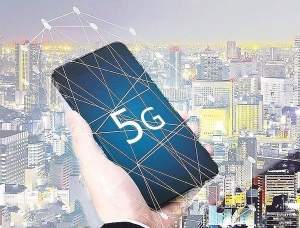 | Qualcomm and ZTE achieve 5G landmark with voice over NR call Qualcomm Technologies, Inc., a subsidiary of Qualcomm Incorporated, and ZTE Corporation achieved 5G-enabled Voice over New Radio call last month, marking an industry-leading step in ... |
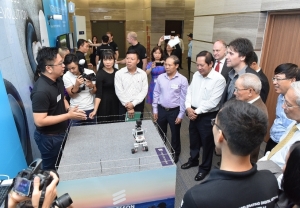 | Global 5G subscriptions to top 2.6 billion by end-2025: Ericsson report The global number of 5G subscriptions is forecast to top 2.6 billion within the next six years, driven by sustained momentum and a rapidly developing ... |
What the stars mean:
★ Poor ★ ★ Promising ★★★ Good ★★★★ Very good ★★★★★ Exceptional
Related Contents
Latest News
More News
- European business confidence at highest since 2022 (April 08, 2024 | 09:55)
- Where is environmental governance in FDI attraction? (April 08, 2024 | 09:45)
- 2024 is expected to see fiercer competition in FMCG (April 04, 2024 | 16:53)
- Vietnamese startups bag $35.7 million in first quarter of 2024 (April 02, 2024 | 16:40)
- Investors increasingly optimistic about manufacturing sector (April 01, 2024 | 14:51)
- Soaring German investments are testament to trust in Vietnam (April 01, 2024 | 09:52)
- Prime Minister works with Japan Business Federation (March 29, 2024 | 08:00)
- Game-changing ESG initiatives expected (March 26, 2024 | 09:09)
- FDI flows in Vietnam forecast to boom this year (March 22, 2024 | 11:56)
- Businesses face mounting hardships amid rate hike (March 20, 2024 | 16:33)



 Tag:
Tag:
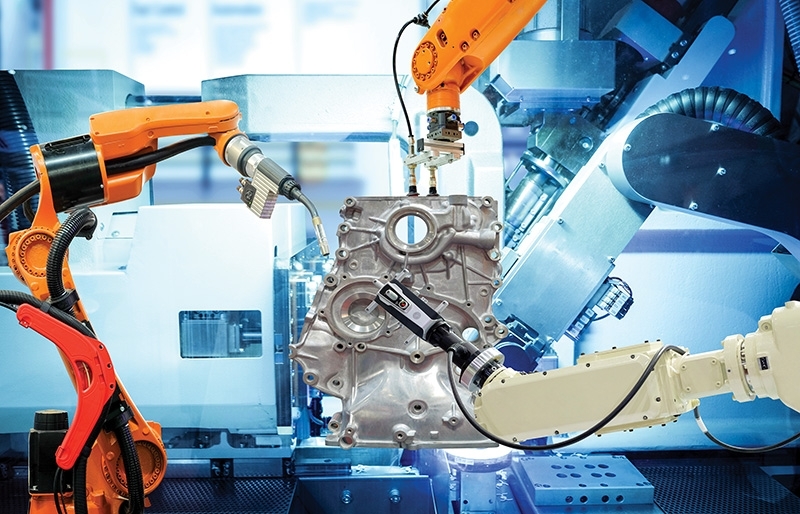
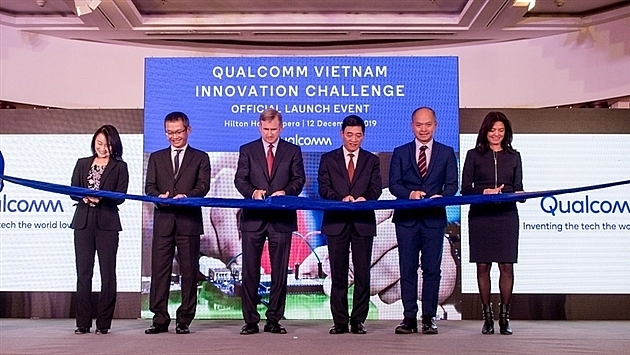



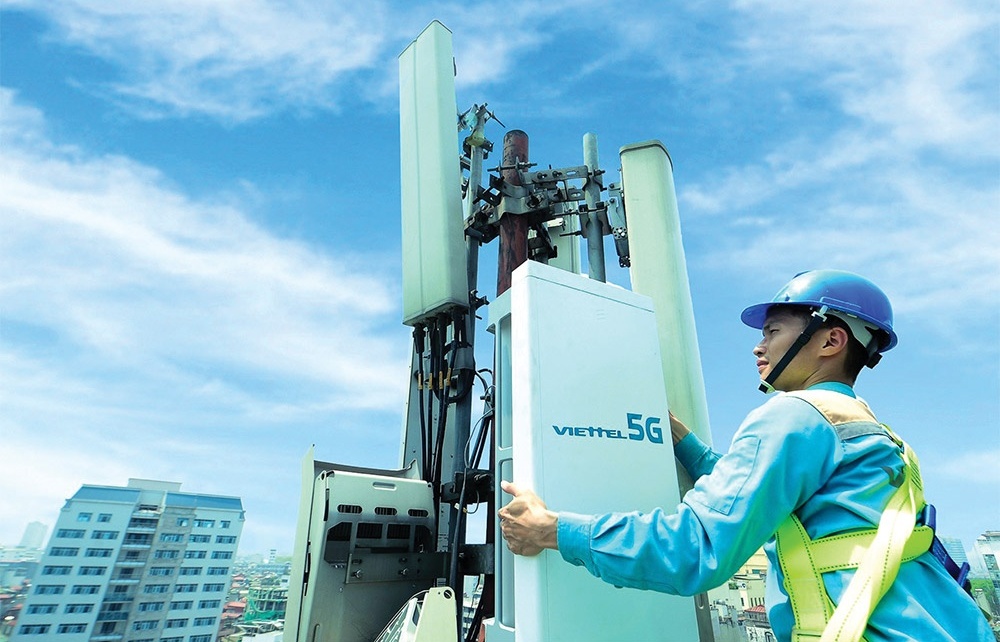







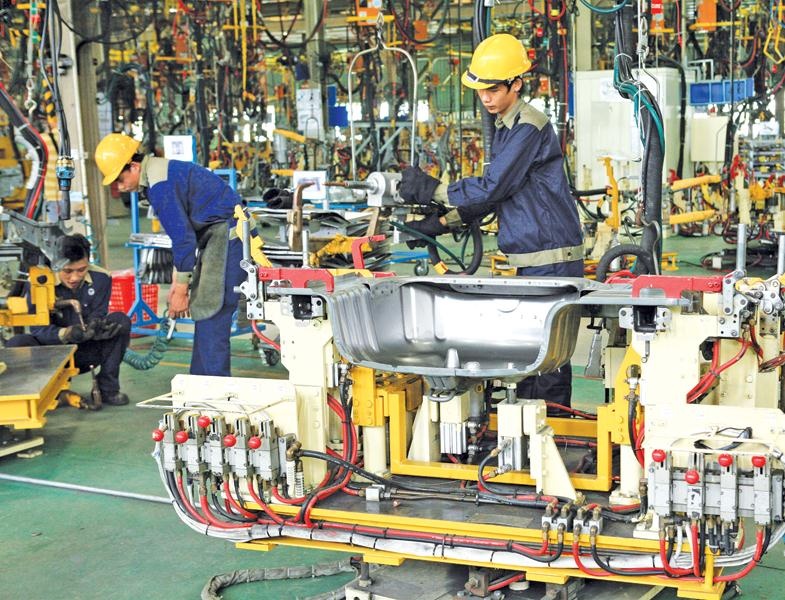



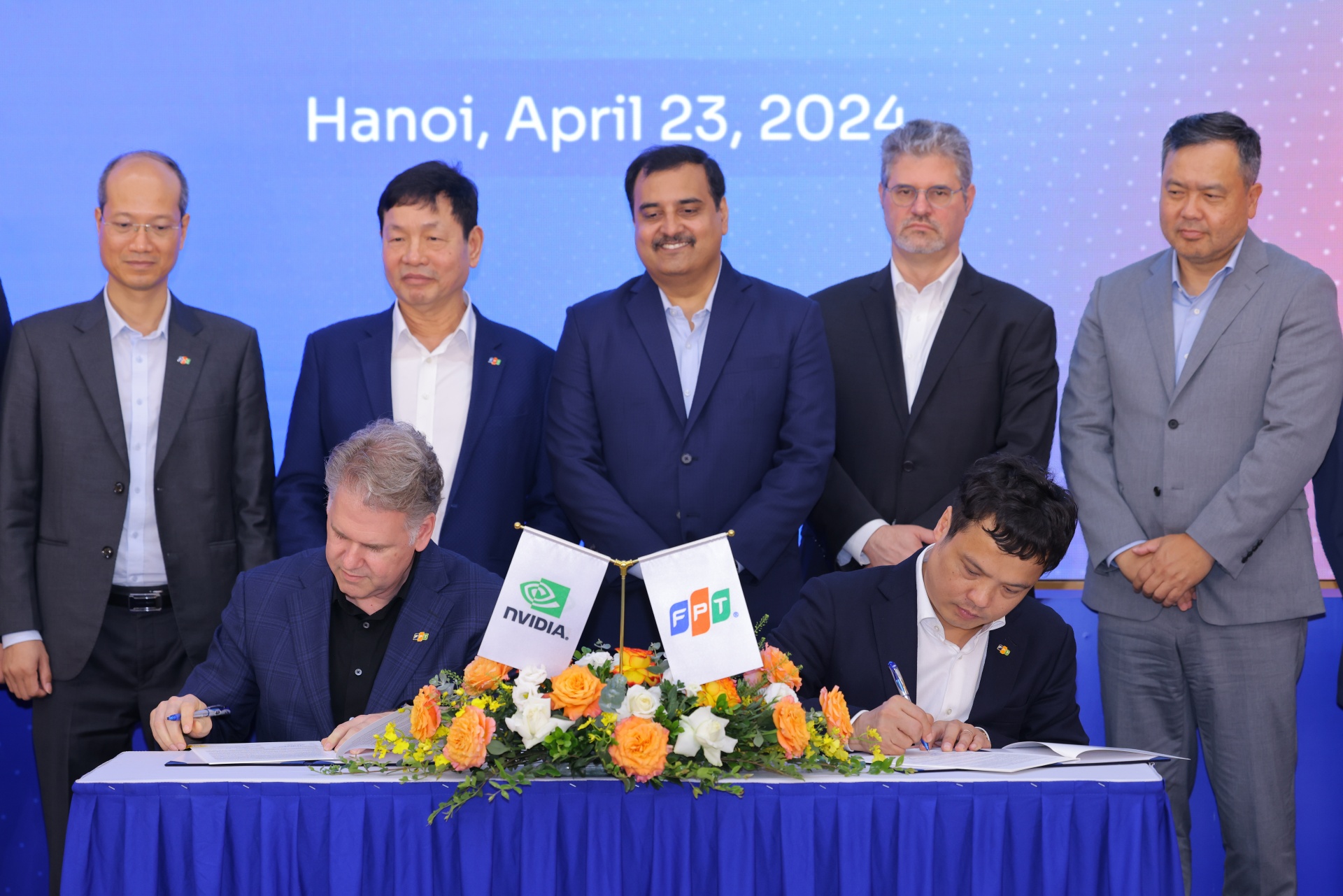
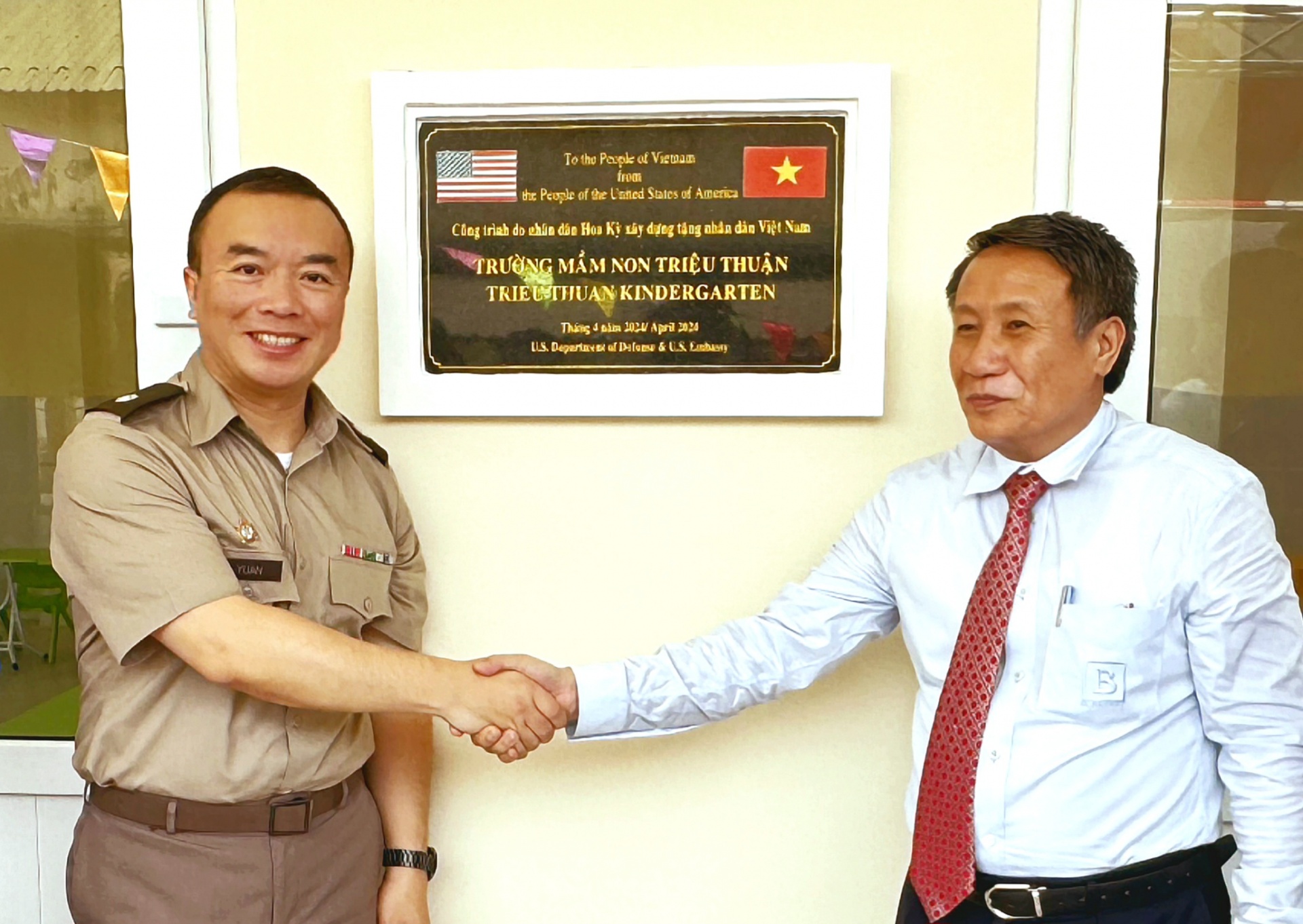
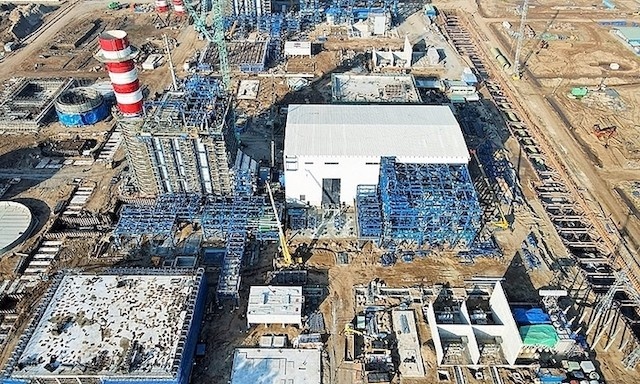



 Mobile Version
Mobile Version